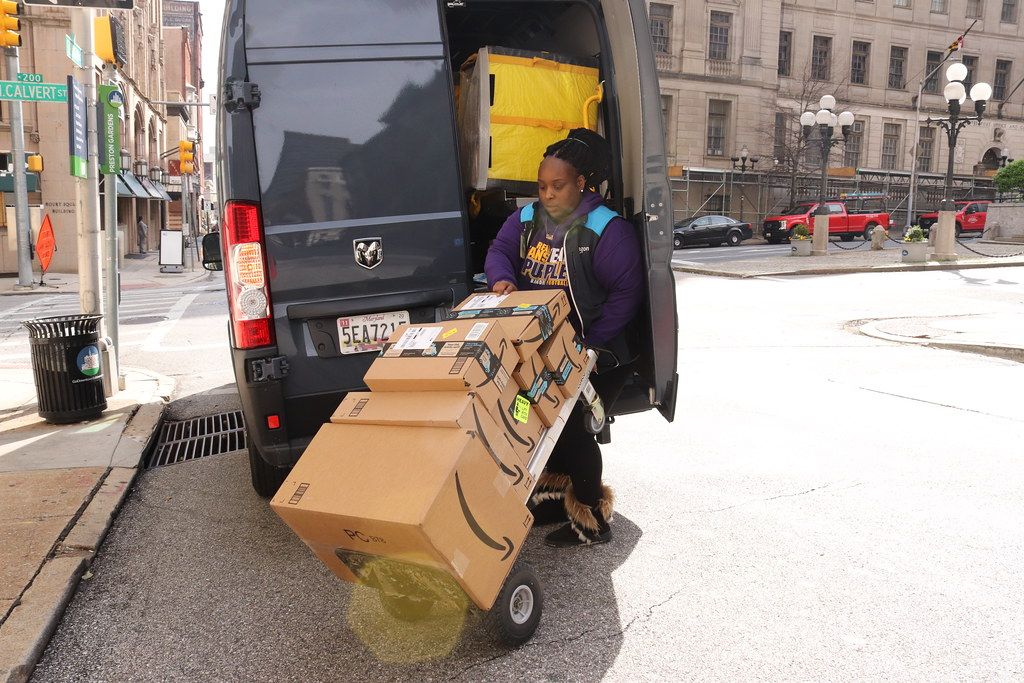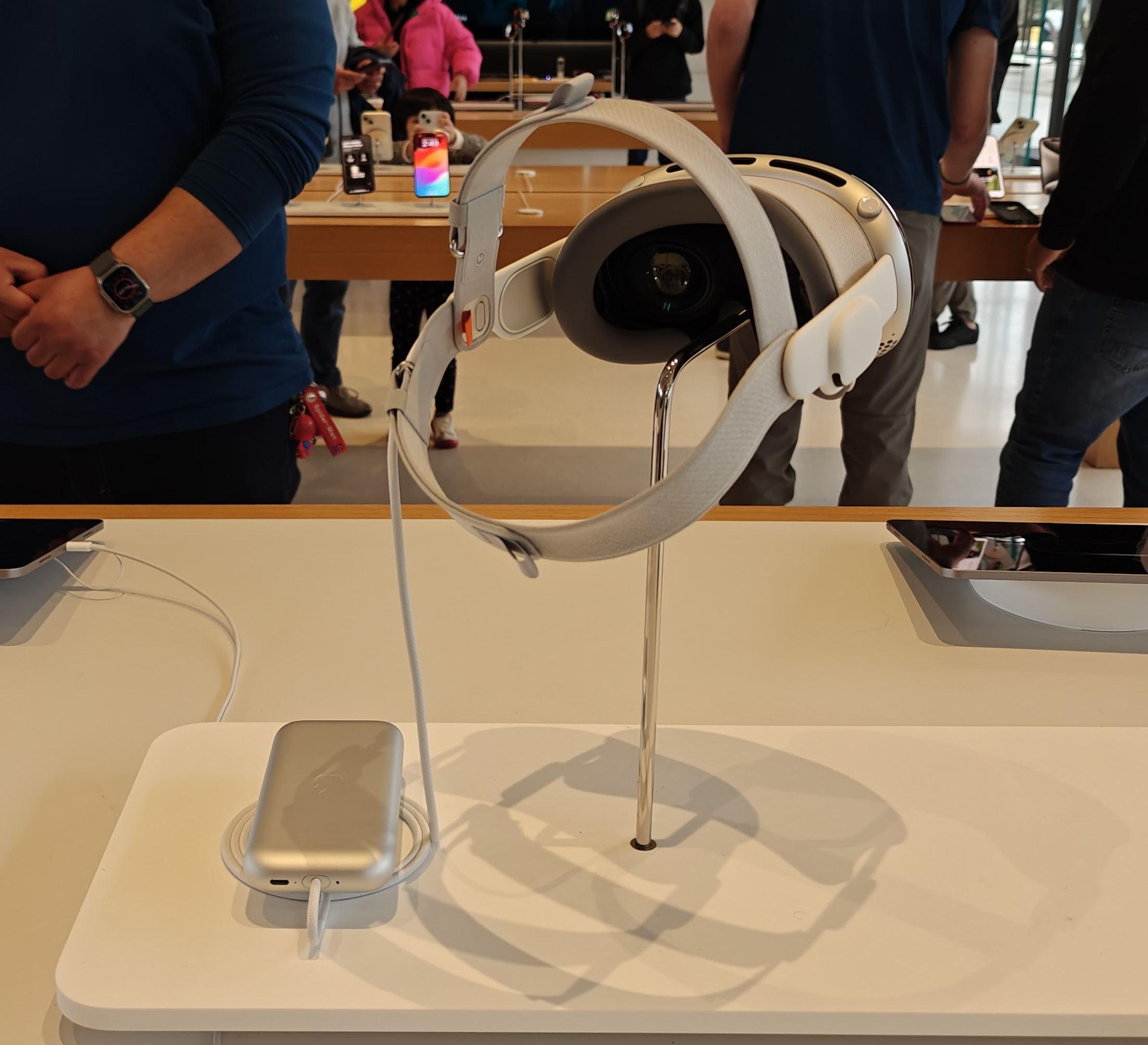
The modern subscription box phenomenon has reshaped the retail landscape, offering consumers unparalleled convenience, personalized discovery, and a delightful element of surprise. From gourmet coffee to curated fashion, these recurring delivery services have woven themselves into the fabric of daily life, transforming how products are purchased and consumed. This widespread adoption might suggest a recent innovation, but the roots of this disruptive model stretch back far further than many realize, embodying an enduring appeal that predates sophisticated digital infrastructure and the internet itself.
Before algorithms and automated fulfillment centers became commonplace, enterprising ventures were already experimenting with the concept of recurring deliveries and curated selections. These early pioneers, often operating against significant logistical and market odds, laid the crucial groundwork for what would become a multi-billion-dollar industry. They understood fundamental consumer desires for ease, access, and expert guidance, proving that a subscription-based approach could foster loyalty and create entirely new pathways to market. Their success demonstrated a powerful, foundational shift in retail strategy.
This article delves into the pioneering subscription models that, against the backdrop of their respective eras, absolutely proved the viability and disruptive potential of recurring deliveries. We will explore how these early entities — ranging from literary clubs to music memberships and nascent e-commerce solutions for everyday essentials — innovated their business models, cultivated dedicated customer bases, and irrevocably altered consumer expectations. Their strategies not only generated significant revenue but also set precedents that continue to influence today’s thriving subscription economy, marking them as true retail disruptors.

1. **Book-of-the-Month Club: The Original Curator of Convenience**
Long before the digital age ushered in personalized online recommendations and monthly discovery boxes, the Book-of-the-Month Club emerged in 1926 as a groundbreaking force in the retail world. In an era dominated by physical bookstores and limited access, this pioneering service offered a radical new approach to book acquisition. It capitalized on the enduring appeal of convenience and expert curation, demonstrating a powerful model that would echo through generations of subscription services. It proved that consumers valued not just the product, but the experience of receiving it effortlessly.
At its core, the Book-of-the-Month Club delivered curated book selections directly to subscribers’ doors. This was a formidable proposition in the early 20th century, where geographical distance and limited leisure time often hindered access to a diverse range of literature. The club’s model provided a solution by bringing a carefully chosen selection of new and notable books right into the comfort of members’ homes. This direct-to-consumer approach bypassed traditional retail channels, creating a unique and streamlined purchasing journey for bibliophiles across the nation.
What made the Book-of-the-Month Club particularly disruptive was its emphasis on expert curation. Subscribers trusted the club’s editorial board to select high-quality books, removing the guesswork and time commitment of sifting through countless titles. This trust fostered a powerful sense of community and shared literary experience among its members, who often discussed their monthly selections. It transformed the act of buying books from a transactional chore into an anticipated cultural event, deepening customer engagement far beyond a simple purchase.
Furthermore, the club’s recurring delivery model instilled a consistent habit among its members, guaranteeing a steady flow of revenue and fostering exceptional customer loyalty. By requiring a commitment to purchase a certain number of books over time, it secured long-term engagement and predictable income streams. This robust financial foundation allowed the club to grow significantly and solidify its position as a major player in the publishing and retail industries, proving the economic power of subscription-based offerings.
Ultimately, the Book-of-the-Month Club’s success unequivocally demonstrated the viability of subscription services as a retail disruptor. It showed that consumers were eager for curated experiences and recurring deliveries, even in the absence of sophisticated technology. Its model established a powerful precedent for direct-to-consumer relationships and the cultivation of brand loyalty, laying essential groundwork for the diverse array of subscription boxes that would flourish in later decades. It was an early testament to the allure of a thoughtfully delivered experience.

2. **Columbia House: Mastering the Art of Music Membership**
Following in the footsteps of successful literary clubs, Columbia House emerged as another titan of the early subscription economy, revolutionizing how music lovers accessed their favorite artists and albums. This iconic service, which truly hit its stride in the mid-20th century, became synonymous with its captivating offers that lured millions into its music membership model. It demonstrated how subscription frameworks could disrupt entertainment retail by creating a powerful direct channel to consumers, bypassing traditional record stores and cultivating a devoted listenership.
Columbia House’s strategy was deceptively simple yet incredibly effective: it offered enticing introductory deals, such as multiple records or cassettes for a nominal fee, often as low as one cent. This irresistible proposition was designed to draw in music enthusiasts by the thousands, making it incredibly easy and affordable to rapidly build a personal music collection. This initial low barrier to entry was a masterclass in customer acquisition, showcasing the power of perceived value in driving widespread adoption for a subscription service.
However, the real genius of the Columbia House model lay in the commitment required after the initial bargain. Subscribers agreed to purchase additional selections at regular prices over a specified period, typically several albums over a year or two. This contractual obligation ensured a consistent, recurring revenue stream for the company, establishing a predictable financial pipeline that traditional, one-off retail purchases could not match. It transformed casual buyers into committed members, a critical aspect of subscription longevity.
This system created a profound shift in music consumption. Instead of browsing limited selections in brick-and-mortar stores, consumers received curated catalogs and periodic shipments directly to their homes, broadening their musical horizons. Columbia House fostered a unique bond with its subscribers, who often anticipated their monthly mailings with excitement, further solidifying the company’s place as a fixture in their entertainment habits. It democratized access to music, making diverse genres and artists more readily available to a national audience.
Columbia House undeniably proved that the subscription model could profoundly disrupt established retail sectors, even those as robust as the music industry. By perfecting the “club” membership concept, it built immense customer loyalty through enticing offers and clear commitments. Its success underscored the significant demand for curated experiences and recurring deliveries in the entertainment realm, further validating the foundational principles upon which the modern subscription box industry would eventually thrive. This was a powerful demonstration of market disruption through innovative distribution.

3. **Early E-commerce Ventures: Streamlining Diaper Delivery**
As the internet began its ascent in the late 1990s and early 2000s, a new generation of entrepreneurs recognized its potential to apply the convenience of recurring deliveries to everyday necessities. While the full vision of the curated “discovery box” was still nascent, early e-commerce ventures began experimenting with automated replenishment services, particularly for essential goods that consumers needed regularly. Among these, the delivery of diapers stood out as a prime example of how digital subscriptions could solve tangible pain points for a key demographic.
These pioneering online retailers identified a crucial need for parents: the constant, often inconvenient, procurement of diapers. Diapers are bulky, frequently needed, and a significant recurring expense for families with young children. The traditional model of purchasing them at grocery or big-box stores involved repeated trips, heavy lifting, and the potential for running out at inopportune moments. Early e-commerce ventures saw an opportunity to disrupt this cycle through the power of online ordering and scheduled deliveries.
Their value proposition was straightforward: automatic replenishment and unparalleled convenience. By offering subscription services for diapers, these companies promised to eliminate the need for parents to physically shop for this essential item. Parents could set up a recurring delivery schedule tailored to their child’s needs, ensuring a steady supply of diapers arrived directly at their doorstep without any active effort beyond the initial setup. This simplified a common household chore, freeing up valuable time for busy parents.
While these services might not have generated the same level of excitement as a curated beauty box, their impact was foundational. They played a critical role in legitimizing the subscription model within the online sphere, demonstrating that consumers were willing to entrust the internet with their most basic and recurring household needs. This acceptance was crucial, paving the way for a broader embrace of e-commerce for regular purchases and establishing trust in online subscription systems.
These early e-commerce ventures, even without the extensive personalization or variety seen today, proved that the convenience of recurring online deliveries held immense disruptive power. By tackling a fundamental necessity like diapers, they showed that technology could significantly simplify daily life, build customer loyalty through sheer utility, and secure predictable revenue streams. Their success was not just about selling products; it was about selling a seamless experience that freed consumers from mundane tasks, thereby laying indispensable groundwork for the subsequent explosion of diverse subscription boxes. They proved the internet’s capacity to deliver not just information, but tangible, ongoing value to the modern household.
Continuing our exploration of retail disruptors, this second section delves into the next wave of pioneering subscription models that leveraged nascent digital capabilities and evolving consumer demands to redefine commerce. From addressing household staples like pet food to integrating the retail giant Amazon into the subscription narrative and finally, igniting a revolution in personalized discovery with Birchbox, these ventures further solidified the subscription model’s enduring power and laid critical groundwork for the expansive market we see today. Their strategies were not just about selling products; they were about selling unprecedented convenience, tailored experiences, and a new paradigm of consumption.

4. **Early E-commerce Ventures: The Untapped Potential of Pet Food**
Building on the foundational success of subscription services for household essentials like diapers, early e-commerce pioneers quickly identified another significant recurring need: pet food. This category, much like baby supplies, presented a unique set of challenges and opportunities for disruption. Pet owners faced the constant demand for bulky, heavy bags of food, often requiring frequent trips to large retail stores, making it an ideal candidate for an automated, direct-to-consumer delivery model that promised unparalleled convenience and efficiency. This recognition underscored a growing trend where consumers sought to simplify repetitive purchasing tasks, indicating a deeper market readiness for subscription-based solutions.
The core value proposition was simple yet profoundly impactful: alleviate the logistical burden for pet owners. By offering subscription services for pet food, these nascent online platforms enabled consumers to schedule regular deliveries directly to their homes, often with customizable frequencies. This eliminated the need for physical shopping, heavy lifting, and the dreaded moment of realizing the pet food bin was empty, a common source of frustration for busy households. It transformed a recurring chore into a seamless, automated process, representing a significant enhancement to daily life for millions of pet owners who valued time and convenience above traditional retail visits.
This strategic pivot to pet food further legitimized the online subscription model beyond human necessities, proving its adaptability and broad applicability. It demonstrated that consumers were not only willing but eager to outsource the procurement of specialized, recurring goods for their entire household, including their beloved pets, to online platforms. The steady demand and predictable consumption patterns inherent in pet food made it an incredibly attractive category for businesses seeking to build stable, long-term revenue streams through subscriptions, thus reinforcing the model’s robust financial viability and fostering investor confidence in this emerging market.
Critically, these early ventures provided actionable insights into customer retention. Once a pet owner set up a subscription, the likelihood of churn was relatively low due to the inherent convenience and the essential nature of the product. This “stickiness” of the customer base proved a powerful argument for the subscription model, highlighting its ability to create enduring relationships between consumers and providers, a cornerstone of sustainable business growth in the digital age. This demonstrated a clear path to building deeply loyal customer segments.
The disruptive impact of these early pet food subscriptions was multifaceted. They chipped away at the market share of traditional brick-and-mortar pet supply stores by offering a superior convenience factor that physical retailers struggled to match. More importantly, they cultivated a new expectation among consumers: that even niche or bulky items could and should be delivered regularly without manual intervention. This set a critical precedent for the broad array of specialized subscription boxes that would emerge later, proving that online recurring deliveries could cater to very specific and consistent consumer needs, thereby expanding the definition of what a subscription service could encompass.

5. **Amazon’s Initial Dabbling in Recurring Deliveries**T
The ascent of Amazon in the dot-com era marked a pivotal moment for the burgeoning subscription economy, as the e-commerce titan began to integrate recurring delivery options into its vast marketplace. While not a pure-play subscription box company in the traditional sense, Amazon’s foray into scheduled deliveries, notably through its “Subscribe & Save” program, was a powerful validation of the model’s potential. This move signaled a fundamental shift: if the world’s largest online retailer embraced recurring deliveries, the concept was undeniably mainstream and scalable.
Amazon’s strategy was inherently brilliant, leveraging its unparalleled logistical network and expansive product catalog to offer discounts on regularly scheduled purchases of everyday items. This wasn’t about curated discovery but about pure, unadulterated efficiency and cost savings for the consumer. From household cleaners to toiletries, and yes, even many of the essential goods previously highlighted like pet food and diapers, customers could set up automated recurring orders, often receiving a percentage off the standard price.
The sheer scale and trust associated with the Amazon brand immediately propelled recurring deliveries into the public consciousness like never before. Its integration meant that millions of consumers, already accustomed to shopping online, were introduced to the benefits of subscriptions without having to seek out specialized providers. This move significantly broadened the market for subscription services, making the concept an expected feature of comprehensive online retail rather than a niche offering.
Amazon’s early dabbling served as a powerful legitimizer for the entire subscription model. It demonstrated that recurring deliveries were not just for specialty clubs or small startups, but a viable, profitable, and highly scalable business strategy for even the largest e-commerce players. By weaving subscriptions seamlessly into its core offering, Amazon set a new industry benchmark for consumer convenience and cemented the expectation that digital platforms should facilitate not just one-off purchases, but ongoing, effortless replenishment of necessities.
The strategic adoption by Amazon encouraged other major retailers to consider and implement their own recurring delivery services, driving further competition and innovation in the space. It proved that integrating subscriptions could enhance customer loyalty, provide predictable revenue streams, and deepen the relationship between retailer and consumer, fundamentally altering the competitive landscape of online commerce. This was a clear signal that the future of retail would be deeply intertwined with recurring customer relationships.

6. **Birchbox: The Birth of Beauty Discovery and Hyper-Personalization**
The year 2010 is widely heralded as a watershed moment in the subscription box timeline, largely due to the groundbreaking launch of Birchbox. This company didn’t just offer recurring deliveries; it revolutionized the beauty industry by introducing the concept of curated sample-sized products delivered monthly for a low price. This was a radical departure from the utility-focused subscriptions that preceded it, shifting the paradigm from mere replenishment to exciting, personalized discovery and transforming how consumers engaged with beauty brands.
Birchbox’s runaway success was underpinned by several ingenious strategies. It provided an affordable and low-commitment pathway for consumers to explore new beauty products, bypassing the need for expensive full-sized purchases that might not suit their needs. Crucially, Birchbox embraced personalization by tailoring each box’s contents to the subscriber’s individual profile, including skin type, hair type, and stated preferences. This bespoke approach resonated deeply, making each delivery feel uniquely special and relevant.
Beyond the physical products, Birchbox masterfully leveraged the burgeoning power of online content and community. The platform became a hub for tutorials, product reviews, and a vibrant space for subscribers to share their experiences and discover tips. This created an invaluable sense of engagement and belonging, fostering a loyal community that extended far beyond the transactional aspect of the monthly box. It transformed product sampling into an interactive and educational journey, turning casual users into brand advocates.
The impact of Birchbox on the retail landscape was nothing short of revolutionary. It not only disrupted the traditional beauty retail model, where trying new products often meant expensive risks, but it also ignited the “curated discovery” box trend across countless other niches. From gourmet snacks to fashion accessories and pet toys, entrepreneurs recognized the immense appeal of a monthly surprise tailored to individual tastes. Birchbox proved that consumers craved not just products, but a delightful, personalized experience that offered both utility and a sense of informed adventure.
Birchbox’s model demonstrated the immense power of combining personalization with community building, creating a highly sticky and engaging customer experience. Its success underscored that a well-executed subscription service could build deep brand loyalty, generate significant buzz through word-of-mouth marketing amplified by social media, and ultimately reshape consumer expectations for online shopping. It firmly established the subscription box as a dynamic and potent force for retail disruption, moving beyond basic needs to fulfill desires for discovery, novelty, and tailored luxury in an accessible format.
**The Enduring Legacy of Subscription Innovation**
The journey from the Book-of-the-Month Club to Birchbox highlights a persistent human desire for convenience, curation, and discovery, continually met by innovative entrepreneurs willing to challenge conventional retail wisdom. These early subscription models, operating against the technological and market odds of their respective eras, didn’t just sell goods; they sold a better way of consuming. They proved that direct-to-consumer relationships, automated replenishment, and personalized experiences could forge deep loyalty and generate predictable revenue, fundamentally reshaping how we shop. Their pioneering spirit laid the indispensable groundwork for today’s thriving subscription economy, a testament to the enduring power of thinking beyond the shelf.




